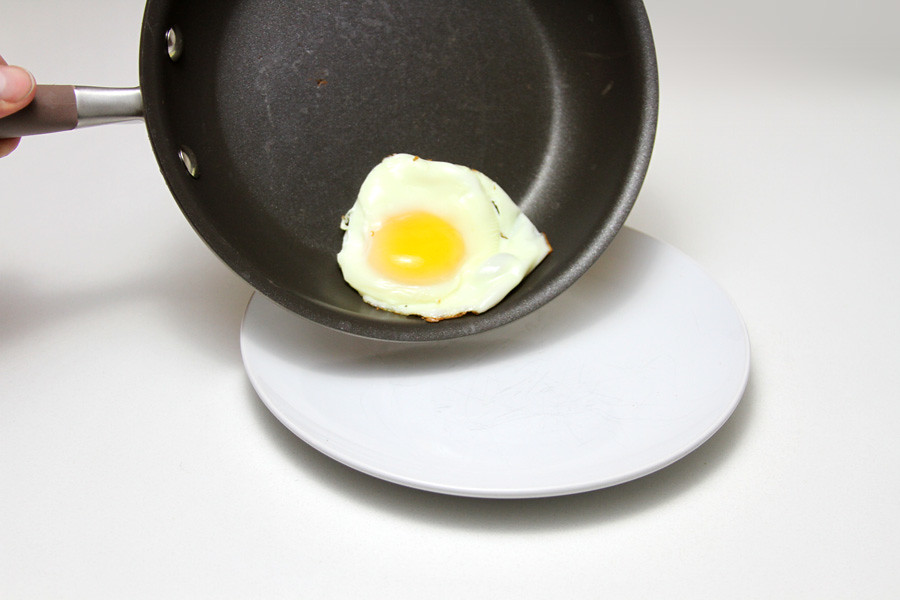No one likes the idea of having to use excess fat in their cooking or soaking and scrubbing pans after making a meal. That’s why PTFE coated cookware—commonly known under the brand name Teflon—are a favorite of consumers. However, there are safety concerns with this chemical coating. Despite the benefits of non-stick products are there potential risks you need to worry about?
PTFE is short for Polytetrafluoroethylene, a fluorocarbon solid that’s hydrophobic and has an exceptionally low coefficient of friction. This means that water beads off anything coated with PTFE and substances do not cling or stick to its surface. It’s ideal for non-stick cooking, but it’s also highly useful for other purposes.
The virtually friction-free qualities of this material are what make standard PTFE plastic flat washers so ideal for fastener assemblies that require a smooth, stable spacing element. PTFE also makes satin repelling fabric possible, it helps improve the cleanliness and efficiency of food processing equipment, and contributes to many other advantages in a range of systems and products. But is it safe to use at home?

The major cause for concern with PTFE and household food preparation is a substance known as PFOA or perfluorooctanoic acid. PFOA is used in the production of PTFE coatings and is essential for getting the non-stick coating to adhere to the cooking surface of the pan. This additive is cause for concern as it falls under EPA guidelines as a likely carcinogen or cancer-causing agent.
When a PTFE pan is overheated, some fumes may be released in the process, which can lead to PFOA exposure, putting anyone nearby at risk, especially if they are exposed on a regular basis. The release of this chemical is especially hazardous to birds. There have been cases of devastated bird owners who have turned a burner too high and cooked in a Teflon pan, or let the pan sit on a burner without adding contents, only to find their pet mysteriously dead. The cause being the polymer chemical fumes released as the pan is overheated or left too long to heat while empty.
Since PFOA doesn’t easily break down, it can remain in the body and build up over time. “Teflon flu” or “polymer fume fever” are flulike symptoms that have been potentially linked to PFOA fume inhalation, although other long-term health effects are still being studied.
Potential exposure to toxic chemicals can also occur when the PTFE coating of a pan is scratched, gouged, or punctured. Just as with overheating, this damage penetrates the barrier that otherwise makes Teflon pans safe for cooking, enabling the release of fumes while cooking.
Fortunately, there are small steps that can be very effective for assuring the safe use of non-stick, PTFE based cookware. First, never place a PTFE pan on a high setting or allow the pan to sit for an extended period of time while empty. This step will prevent overheating and also extend the life of your cookware.
You should also only use kitchen tools made silicone, plastic, wood, and otherwise softer materials that won’t scratch or damage the coating. Abrasive or rough cleaning methods should always be avoided—and are unnecessary due to the non-stick feature of PTFE cookware. Keep any pet habitats away from your kitchen, particularly if you have pet birds.
And finally, follow all manufacturer instructions regarding the use and maintenance of your cookware—and yield on the side of caution if you’re unsure. Even if some non-stick pans claim to be dishwasher safe, it’s best to avoid that cleaning method due to the effect of water heated to high temperatures and the chemical contents of detergent.
As long as you are cautious and informed, you can continue enjoying the convenience of non-stick cookware without risk.
